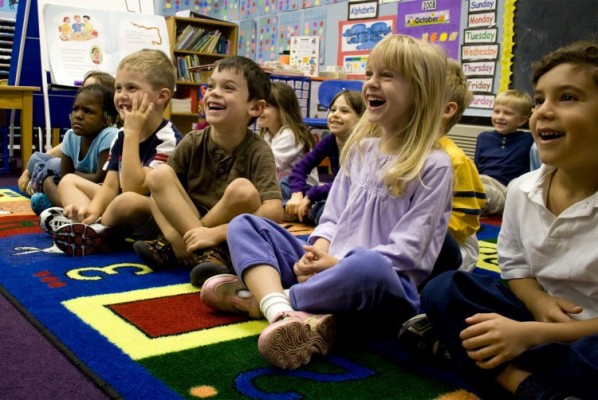Sports aficionados hear “redshirting” and envision college freshmen on the sidelines. But more parents and educators are now hearing about academic redshirting as well.
Academic redshirting means waiting a year before sending a child to kindergarten. While some parents redshirt children who are not mature enough to begin kindergarten, critics claim parents do it to give their children an academic, social, and athletic edge. With research giving mixed reviews of academic redshirting, it is important for parents to know about the practice, its impact on children’s development, and the implications on educators and parents themselves.
Academic Redshirting in Today’s Kindergarten Classes
Kindergarten isn’t what it used to be. As academic standards become more rigorous, current kindergarten teachers and curricula favor direct instruction and regular testing over play-based programs. As Melinda Wenner Moyer puts it, “kindergarten is the new first grade.” According to Moyer, an estimated nine percent of parents don’t send five-year-olds to kindergarten anymore, opting to wait until their six-year-olds “can better handle the curriculum.”
Research Disparities on the Impact of Child Development
Wenner Moyer points out that the National Association of Early Childhood Specialists and the National Association for the Education of Young Children oppose academic redshirting, saying it “labels children as failures at the outset of their school experience.” They cite studies that evaluate how well redshirted kids perform when compared to their peers who start school on time, and conclude that redshirting “provides no long-term academic or social advantages and can even put kids at a disadvantage.”
However, other experts argue that redshirting can be helpful for certain children. They say it’s difficult to evaluate the impact of redshirting, “as kids who are held back are fundamentally different in many ways from kids who go to kindergarten on time, so the conclusions of some studies might be flawed.” Maria Konnikova explains that while earlier studies showed “that redshirted children do better both socially and academically … more recent analyses suggest that the opposite may well be the case: the youngest kids, who barely make the age cutoff but are enrolled anyway, ultimately end up on top.”
Implications for Parents and Teachers
Konnikova admits academic redshirting gives older kindergarteners an initial boost, as they “perform better on tests, receive better teacher evaluations, and do better socially.” Yet, she cites studies that show the initial boost dissipates by eighth grade, and by college, younger students outdo their older counterparts. How do psychologists account for this result? Konnikova contends that redshirted kids who are accustomed to being bigger and smarter get bored and don’t have to work to overcome obstacles, while younger kids always have to strive to reach their goals.
Thus, teachers and parents need to consider the reasons behind academic redshirting. If a developmental issue or delay is the reason, redshirting may be a wise choice. However, when parents redshirt students in order to gain a developmental edge, they often set up their children for failure. Hence, teachers must challenge all students, so they want to achieve goals, regardless of being redshirted. If you’re worried about sending your child to kindergarten on time, check out K12’s Kindergarten Readiness Program, and explore all of your options in order to find the best school for your child.





































